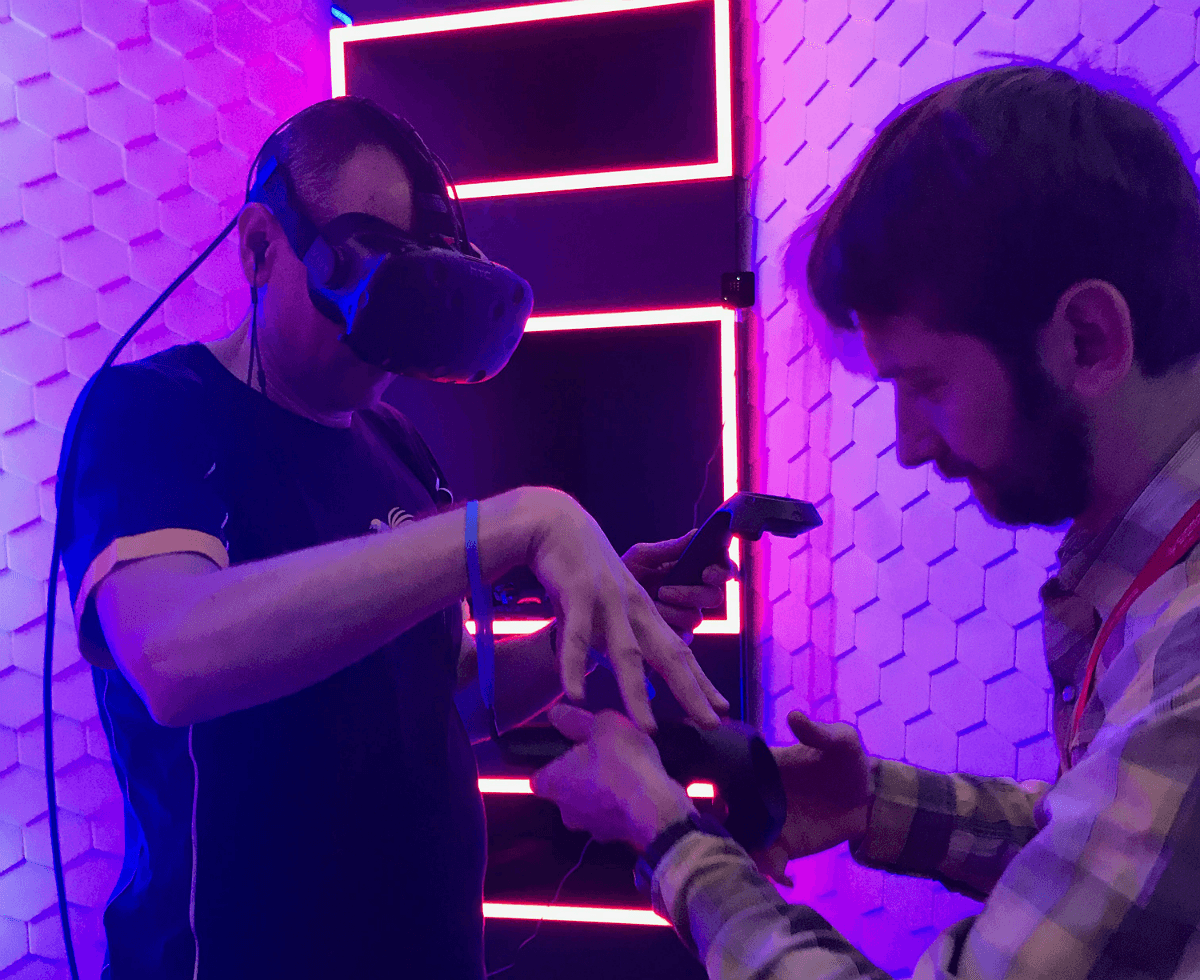Unity for Design, Architecture, and Civil Engineering

USA
Thank you for reaching out to Sigma Software!
Please fill the form below. Our team will contact you shortly.
Sigma Software has offices in multiple locations in Europe, Northern America, Asia, and Latin America.

USA

Sweden

Germany

Canada

Israel

Singapore

UAE

Australia

Austria

Ukraine

Poland

Argentina

Brazil

Bulgaria

Colombia

Czech Republic

Hungary

Mexico

Portugal

Romania

Uzbekistan
First released in 2005, Unity cross-platform engine has been mainly used to develop three-dimensional and two-dimensional video games. Though initially created only for OS X, the engine now supports 27 platforms.
Unity for Design, Architecture, and Civil Engineering
Unity-made games have changed the market. Today, thirty-four percent of top 1,000 free mobile games are made with Unity. There is a simple explanation for that. Unity provides outstanding graphics capabilities, high performance, and flexibility. It is obvious that these characteristics are essential for video games, so let’s discuss some not so obvious areas and domains where Unity can bring value.

Based on my experience of product development, I consider it justified to use Unity in the following cases:
Of course, Unity allows making a high-quality interface for gamification app development or for other types. The dark side is that making a native-like interface in Unity might take up to three times as long as with native tools, just as making a flexible non-standard interface using native tools would take much longer than to assemble an interface out of standard components.
It boils down to a simple conclusion: if your aim is to add a couple of 3D scenes to a “common” app, it is more reasonable to choose native 3D libraries. What you need to remember in order to avoid a common mistake is that a cross-platform engine does not necessarily means savings in development time and money. Often it can be cheaper to create several native apps and use Unity just for 3D content visualization.
But enough about technicalities. Let’s talk about the cases when Unity can show its full power and help create amazing solutions, besides games.
Efficient education utilizes all memory types and tries to inspire a student to apply the gained knowledge in the most extensive way. Unity provides all means for this: by visualizing physical principles, by creating engaging environment for learning, by providing endless capabilities for experimenting.
A Unity-base English learning game, Sigma Software developed for Universal Learning Games AB is doing just that. Everyday English phrases, instructions, and requests are practiced and memorized, while the plot unravels. The game encourages players to apply their knowledge of English to achieve goals in game and earn points.
Trailer The English Minnits from Universal Learning Games on Vimeo.
As further examples, I’d like to provide this wonderful app for exploring periodic table elements by Toca Boca or another one to discover nature laws and miracles.
Don’t think that Unity-based learning is just for kids though. Interactive simulations and demonstrations made with Unity can do much good at college lections too. Online courses, particularly those provided by MIT, have brilliant simulations allowing students to comprehend physical phenomena, nature events, operation of mechanisms and algorithms, and more. Check out this space and gravity simulator that not just models our Solar System, but also allows playing with time and space on a really grand scale.
As a cross-platform tool able to publish to console and browser devices and create designs adjusting to all aspect ratios, Unity can be a powerful instrument for building UI as we discussed above. On top of that, it can come in handy for all designers and artists by providing a designer’s toolbox based on intuitive haptic interactions.
This app helps designers, architects, event organizers perform interior visualizations, inner items arrangements and create an overall look-and-feel of the future premises.
Just as easily abstract design elements can be created by simple user interactions by Unity means.
Architectural visualization has long been using rendering software to build virtual constructions before reducing them to practice. A building design visualized in three dimensions helps clients, builders, and the general public to grasp the idea before the building is actually erected. However, it still doesn’t give them the real-life experience. This is where Unity comes on the stage. With Unity, designers can make photo-realistic renders or virtual reality environments and provide their clients with a really immersive experience: check the view from the bedroom window, walk into their dining room before it’s built.
Read more here: https://blogs.unity3d.com/2014/03/06/unity-and-architecture/
And this is not all yet. A recent ground-breaking project launched by Unity and the City of Bellevue, Washington, demonstrates real versatility of Unity. The project is about detecting traffic danger spots and making them safer. Unity Engine is used to create simulated environments to train machine learning models used in the solution.
Many reputable sources foretell Unity game engine to revolutionize and democratize filmmaking and it is already doing it. In fact, Unity Technologies started focusing on movie production as early as in 2013. The company management realized that new level of quality to be achieved in several years will make it possible to be used in film.

So, when this level was taken, the Unity Demo team made a short film, ADAM, created entirely in real time using Unity, to showcase the cinematic capabilities of the Unity game engine platform.
The film definitely made a statement and surprised by the look and quality of the scenery, characters, and effects. The new capabilities provided by Unity game engine give young filmmakers and smaller studios free rein. They can build their own movies without million-dollars in production, experiment with new genres and formats without the fear to lose everything.
Though all-Unity made movie may still seem a little radical, Unity engine can offer many other filmmaking tools. Popular techniques now widely used in movie production include placing a character into a virtual scene in real time via the body motion tracking technology; using visual effects, from nice particle effects, to vertex cache animation; adding physical simulations and more.
It is definite that evolution of Unity brings more use for it in many new domains. I’m sure we will reveal more and more areas where immersive technology and virtual scenery are handy. The process has just started, but in addition to the ones discussed in this article, we can already find successful implementations of virtual reality in healthcare, newsmaking, and construction.

Vadim Vorotilin is a true Unity developer and team lead. He has a deep understanding of what makes games engaging and shakes people's world. Vadim believes that Virtual Reality games will own the market and helps them do it as soon as possible.
Unity for Design, Architecture, and Civil Engineering


On November 27, in Lviv, Forbes AI Summit brought together entrepreneurs, technology leaders, and scientists for an honest conversation about how AI is reshapin...

The EU Data Act went live in September 2025. Its rollout across Europe has been uneven, with only a few member states having completed the national set-ups. Nev...

For years, manufacturers have been talking about the advantages of shifting to outcome-based business models. The rise of AI has made the opportunity for transf...
Would you like to view the site in German?
Switch to German